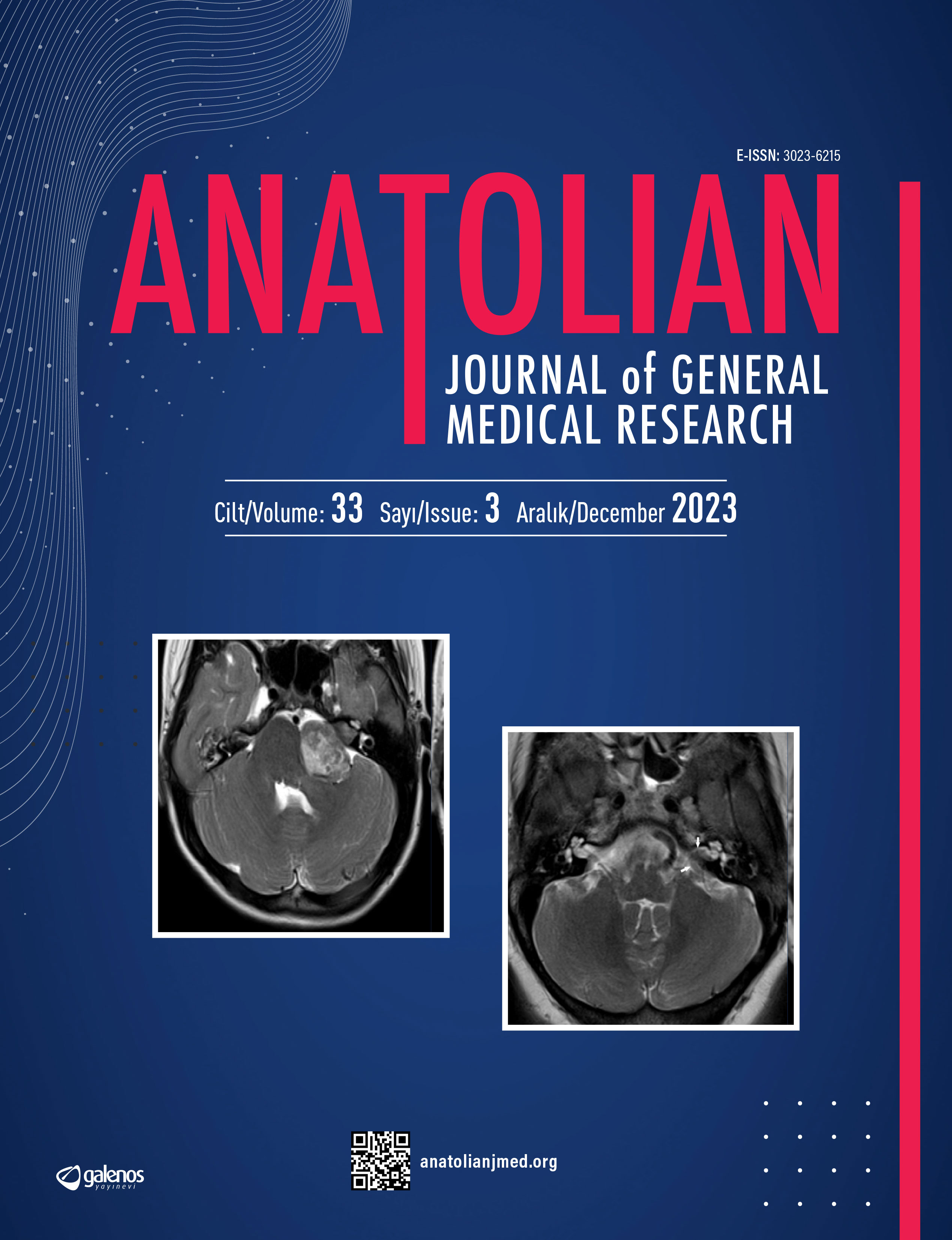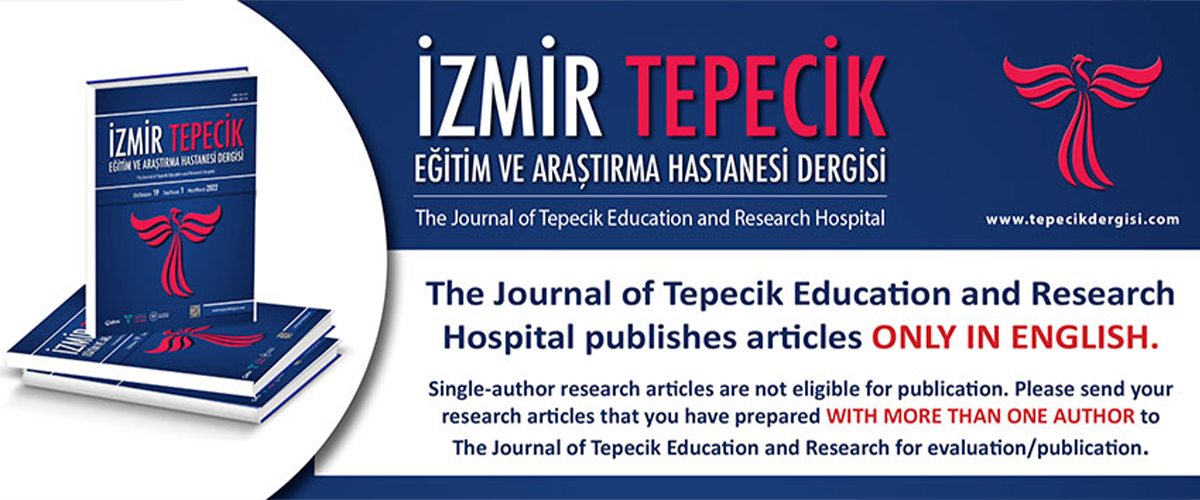








Risk Factors and Morbidity in Late-preterm Infants: A Comparison with Early-term and Full-term Infants
Aykut Eşki1, Gökhan Ceylan2, Ayşegül Zenciroğlu31University of Health Sciences Turkey, İzmir Tepecik Education and Research Hospital, Clinic of Pediatrics, Division of Pediatric Pulmonology, İzmir, Turkey2University of Health Sciences Turkey, İzmir Dr. Behçet Uz Pediatric Diseases and Surgery Training and Research Hospital, Clinic of Pediatric Intensive Care Unit, İzmir, Turkey
3University of Health Sciences Turkey, Dr. Sami Ulus Maternity, Children’s Health and Diseases Training and Research Hospital, Clinic of Neonatal Intensive Care Unit, Ankara, Turkey
Objective: Although late-preterm infants tend to be considered term infants, they are at risk for postnatal morbidities and mortality. We aimed to identify prenatal and obstetric risk factors with postnatal morbidity and mortality in late-preterm infants.
Methods: We conducted a retrospective study on late-preterm infants (340/7-366/7 weeks) and term infants (370/7-416/7) born in a tertiary hospital between January and December 2012. Term infants were classified as early- (370/7-386/7 weeks) and full-term infants (390/7-416/7 weeks). Data on demographic characteristics, risk factors, morbidity, and mortality were collected from medical records.
Results: There were 468 babies in the study, and 156 (33.3%) were late-preterm infants. Rates of maternal smoking, premature rupture of membranes, in vitro fertilization, and caesarian section were significantly higher in late-preterm infants than in full-term infants. Compared to full-term infants, admission to the intensive care unit was more common in late-preterm and early-term infants (11.9 and 1.6 times, respectively). Transient tachypnea of the newborn, pneumonia, hypocalcemia, hypoglycemia, feeding problems, sepsis, and indirect hyperbilirubinemia was statistically more frequent in late-preterm than early-term and full-term infants. Late-preterm infants (12.2%) had a higher rehospitalization rate after discharge than full-term infants (2.9%). While two late-preterm infants died, no death in early-and full-term infants. Conclusion: Late-preterm infants have an increased risk of respiratory, metabolic, gastrointestinal, and infectious problems, as well as higher rates of hospital readmissions and mortality. This study emphasizes the importance of obstetric decision-making when considering late-preterm delivery and the need to establish better strategies to improve the outcomes of these newborns.
Corresponding Author: Aykut Eşki, Türkiye
Manuscript Language: English
(194 downloaded)




